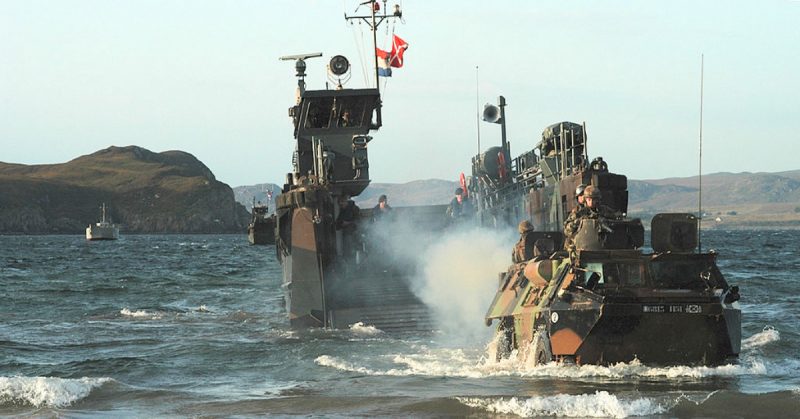Over the past hundred years, the French army has fielded a range of armored vehicles for carrying troops into combat. Some have been armored personnel carriers (APCs) while others have been infantry fighting vehicles (IFVs), a more modern development in which the vehicle itself is designed to fight.
TT6
Introduced in 1952, the TT6 was the French infantry’s first tracked APC. A driver sat beside the engine in the front of the hull. The commander sat behind the driver and had a hatch with a machine gun mount. The troop compartment seated men back-to-back, facing firing ports in the hull.
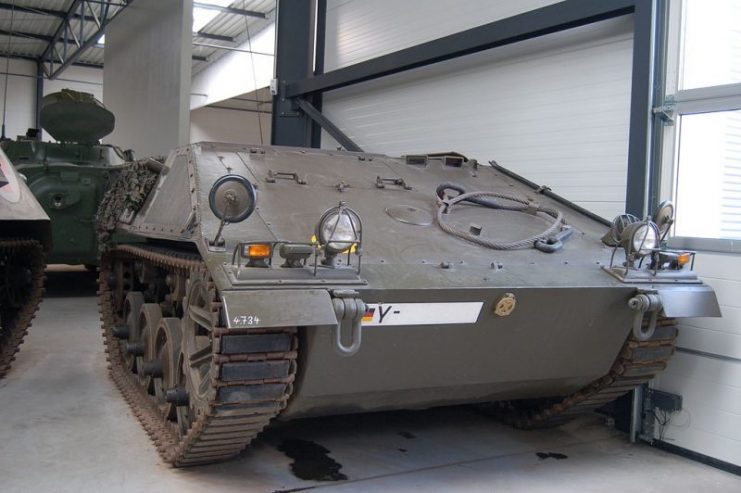
Small and not very powerful, the TT6 only had room for six infantrymen with little extra equipment. It was not a great vehicle but provided the infantry with transport and provided the template for later, more successful vehicles.
AMX-VCI
Introduced in 1956, the AMX-VCI was a tracked APC. Based on the AMX-13 light tank, it kept the core mechanical components from that vehicle: engine, transmission, and suspension. It also kept some of the hull design and layout, with its engine at the front. The driver sat beside it, with the gunner and commander seated behind him.
The gunner originally had a pintle-mounted machine gun, but later versions could carry a wide range of different weapons or even lifting tackle for engineers.
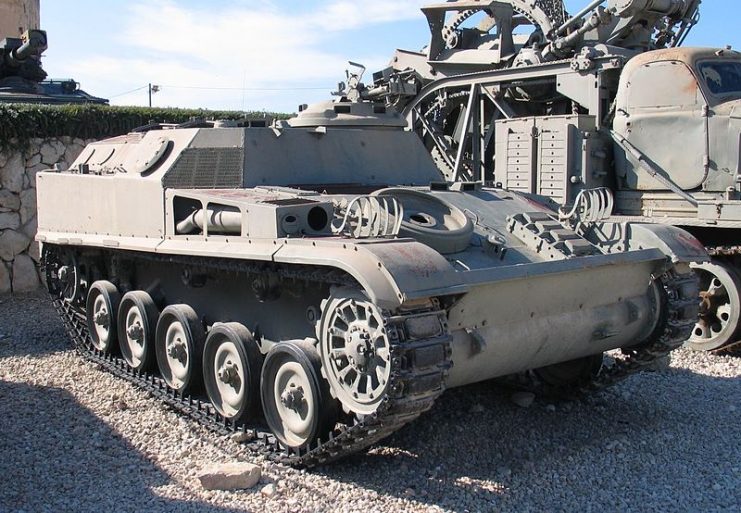
The rear of the vehicle was significantly changed from the AMX-13. A troop compartment was installed, with a taller hull to make headroom. Seated in the center of the vehicle, troops could shoot through firing ports in the sides and rear doors.
An effective vehicle that remained in service for decades, the AMX-VCI was sold to several other armies around the world, including to Argentina, which manufactured its own.
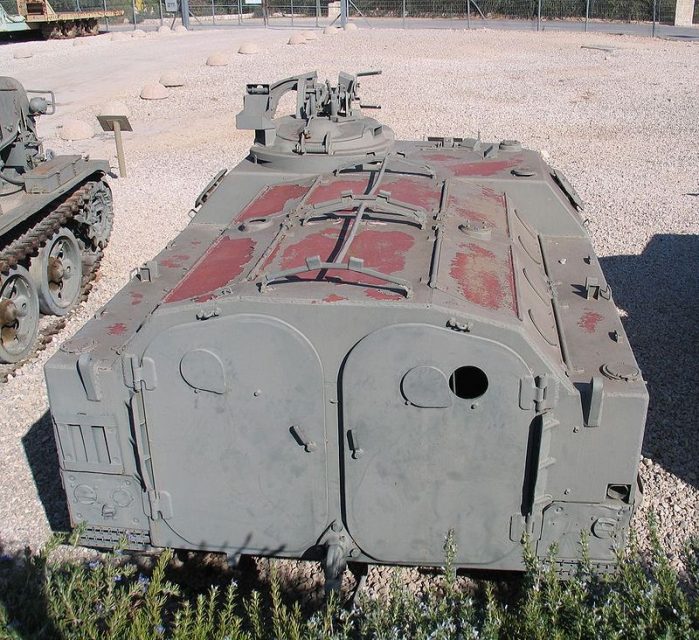
EBR ETT
Based on the Panhard EBR-75 armored car, the ETT was meant to replicate that reconnaissance vehicle’s success. Built specifically for use in the French colonies, it was sent straight to Africa following its production in 1959.
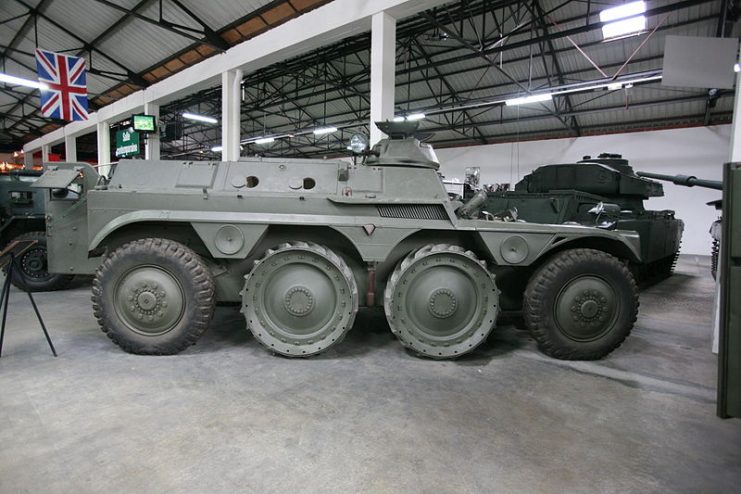
As with other APCs based on existing vehicles, the ETT saw its rear half transformed from its predecessor, with previous equipment replaced by a long, raised troop compartment.
The sides of this compartment were sloped and could be lifted, both to let air in and let soldiers shoot out. There was a machine gun turret at each end of the troop compartment.
Despite its good cross-country performance, the ETT was not a success and only 30 were built.
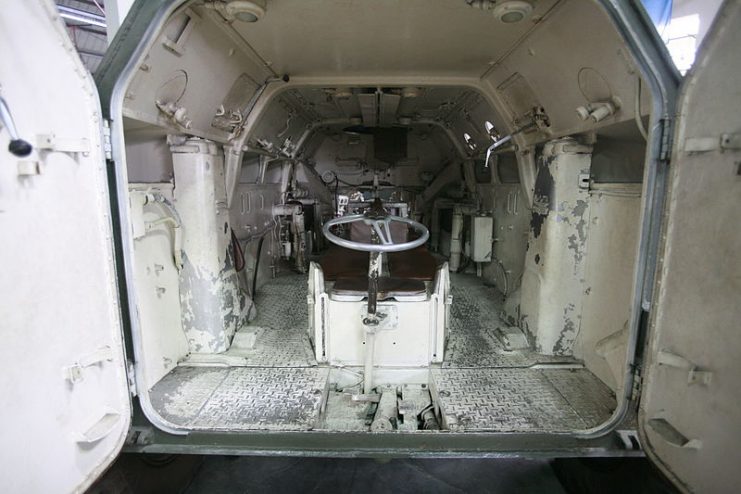
Berliet VXB-170
Though a product of French design and engineering, the Berliet VXB-170 was never used by the French army. The company lost its competition for a military contract and instead ended up selling the vehicle to the gendarmerie and African nations.
Making use of components from other Berliet vehicles, it provided a cost-effective APC, but not one that met the needs of the army at the time.
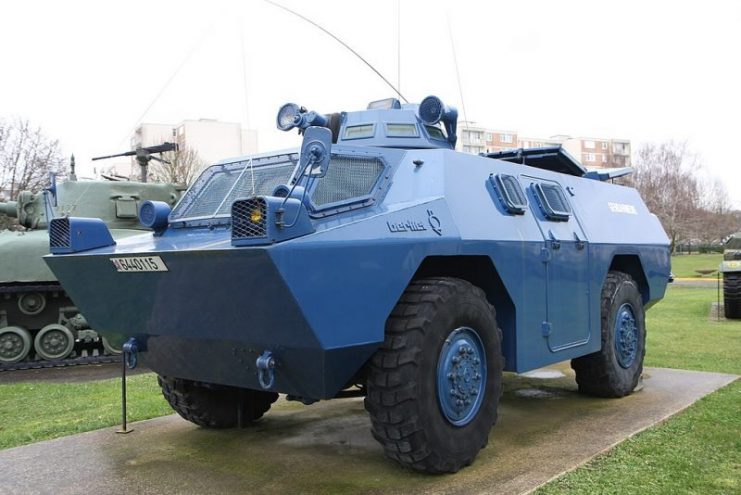
Appearing at the start of the 1970s, the VXB-170 was unusual in a number of ways. The engine was at the rear rather than the front, leaving limited space for a door at the back, and it could carry more men than most APCs.
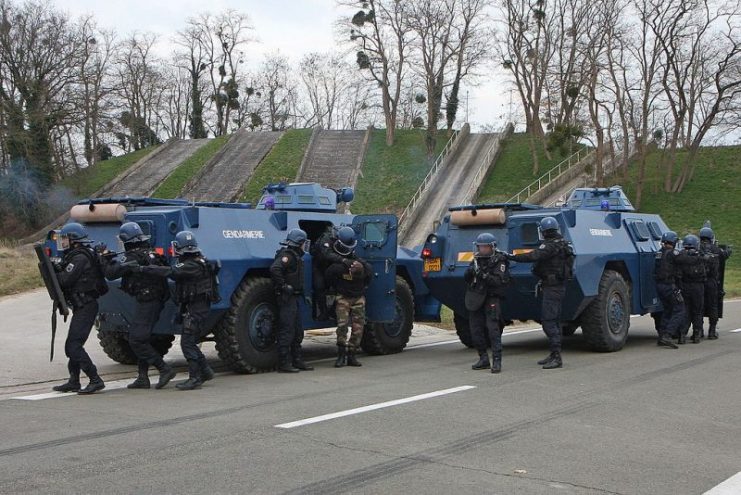
An adaptable vehicle, the VXB-170 could be fitted with a variety of weapons, turrets, and even a bulldozer blade to break through obstacles.
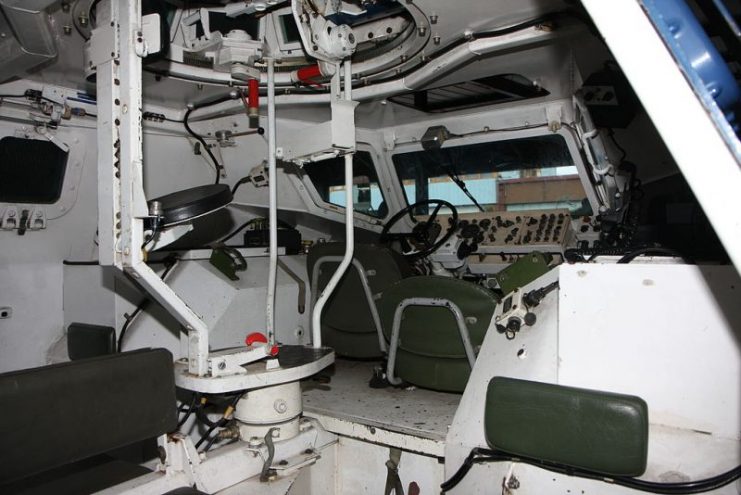
Panhard M3
Designed around the same time as the VXB-170, the Panhard M3 proved more successful in meeting the needs of the army. Taken into service in 1971, it became one of the most successful vehicles in the French arsenal and was exported to armies and police forces around the world.
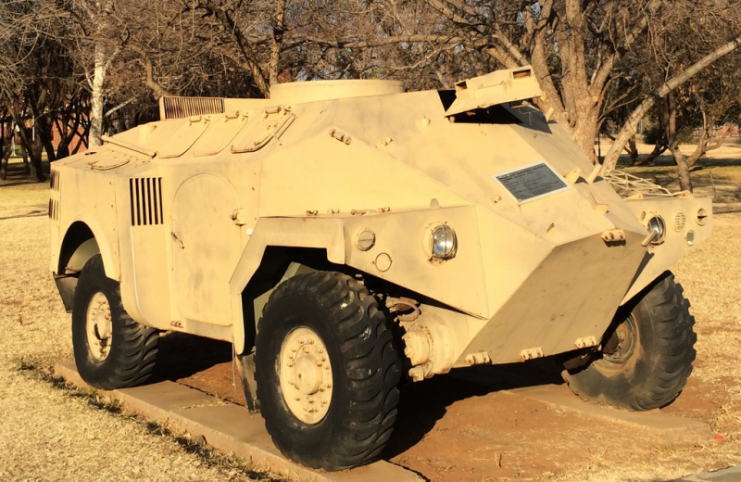
The M3 had a relatively simple design, with the driver sitting in front of the engine and a broad troop compartment behind him. It had four-wheel drive, and the wheels could propel it through water.
With two roof hatches, four doors, and eight firing ports, there were plenty of options from which soldiers could fire and dismount from the vehicle.
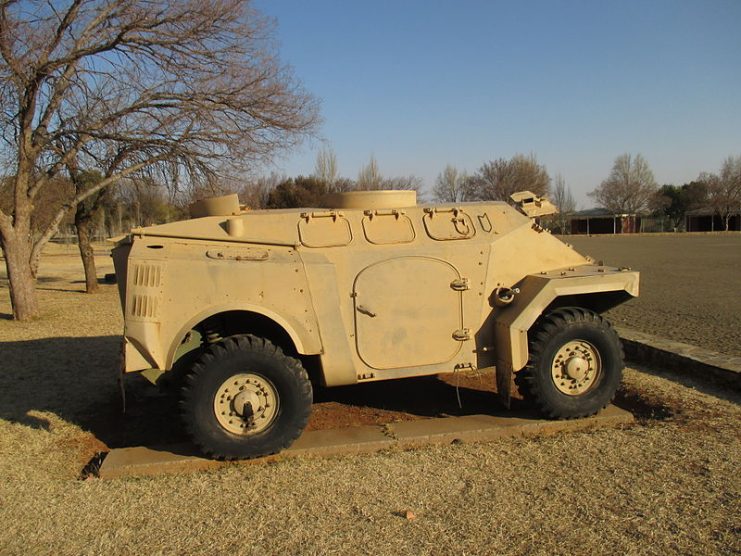
A range of turrets could be added to the M3, carrying different weapons. This gave it even great flexibility in how it could be deployed.
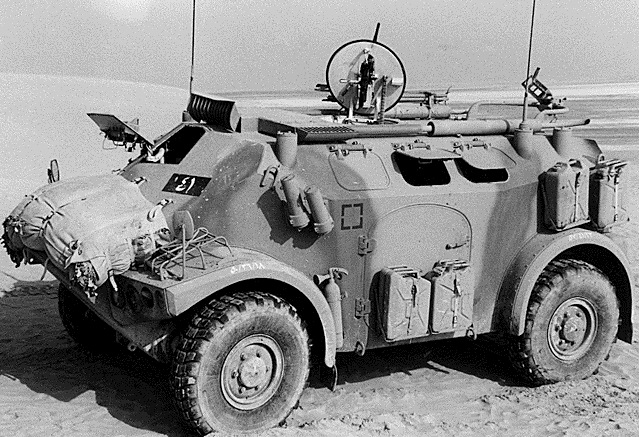
AMX-10P
First fielded in 1973, the AMX-10P infantry fighting vehicle was one in a series of different AMX-10 vehicles, all variations on a similar design.
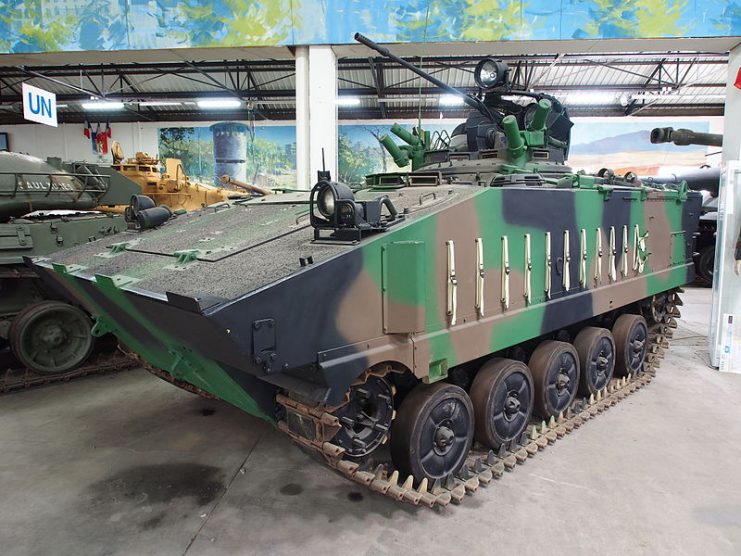
The AMX-10P was a very modern design for the time, with a hull made from light alloy armor and a front that was well sloped to deflect projectiles. A turret was mounted above the fighting compartment, carrying a 20mm cannon and a 7.62mm machine gun.
The infantry had roof hatches and periscopes to see out of the vehicle, but no firing ports, meaning that they could not fight while remaining fully protected.
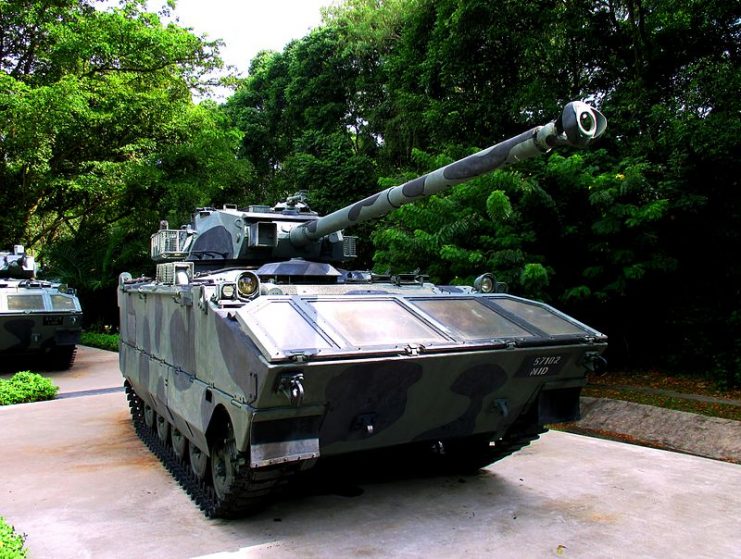
Most of the vehicle’s movement was achieved using tracks mounted over five roadwheels. There were also two water jets for amphibious movement, making river crossings possible.
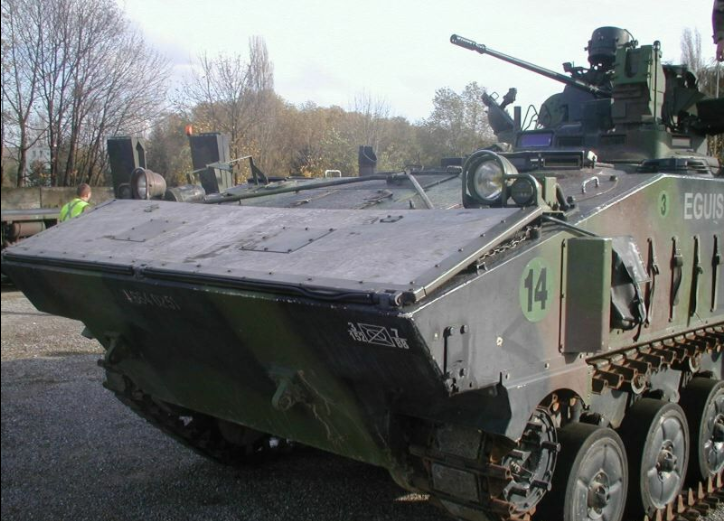
This vehicle had a three-man crew–a driver next to the engine in the front, a gunner in the turret, and a commander. The commander also led the infantry unit carried in the vehicle. When the commander got out to fight, the gunner was left in charge.
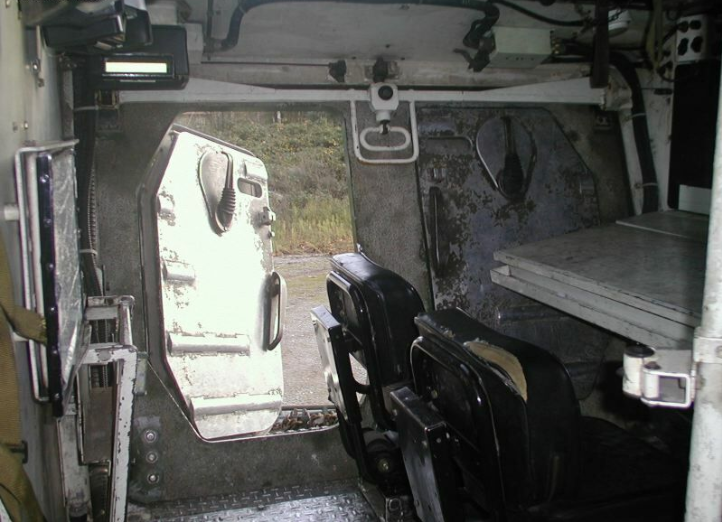
Saviem VAB
Built in response to a French Army request in 1969 and entering service eight years later, the VAB was a four-by-four wheeled APC designed to provide support for IFVs.
Cheaper to produce than IFVs, it was meant to carry troops and supplies to the front and be used in situations where the full power of an IFV wasn’t needed. Costs were kept down by using commercial components where possible.
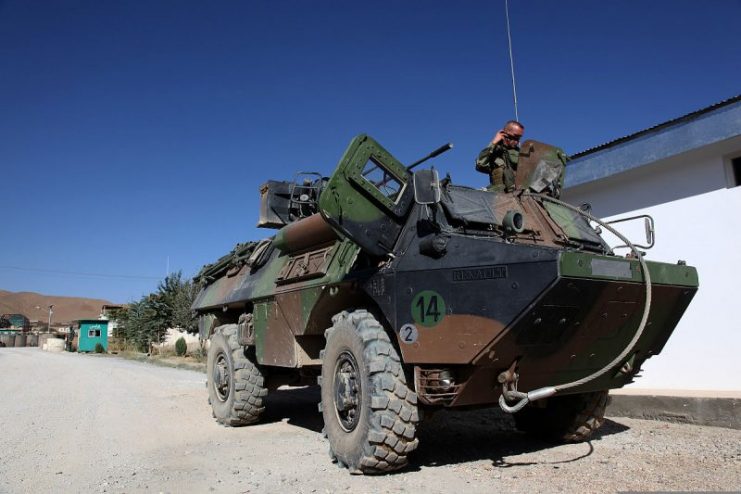
Read another story from us: 50 Years of French Tanks
The commander and driver sat in the front, with the engine behind them and the troop compartment behind that. A variety of hatches and firing ports let the infantry fight and could be sealed shut for amphibious movement. The standard model didn’t have a turret, but one could be fitted.
